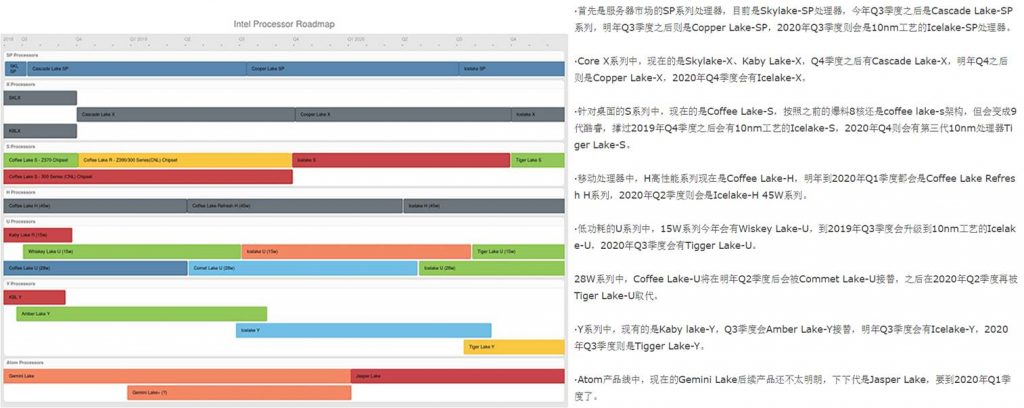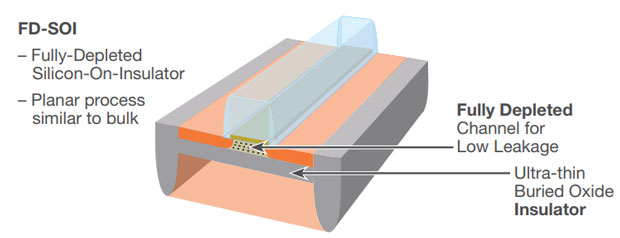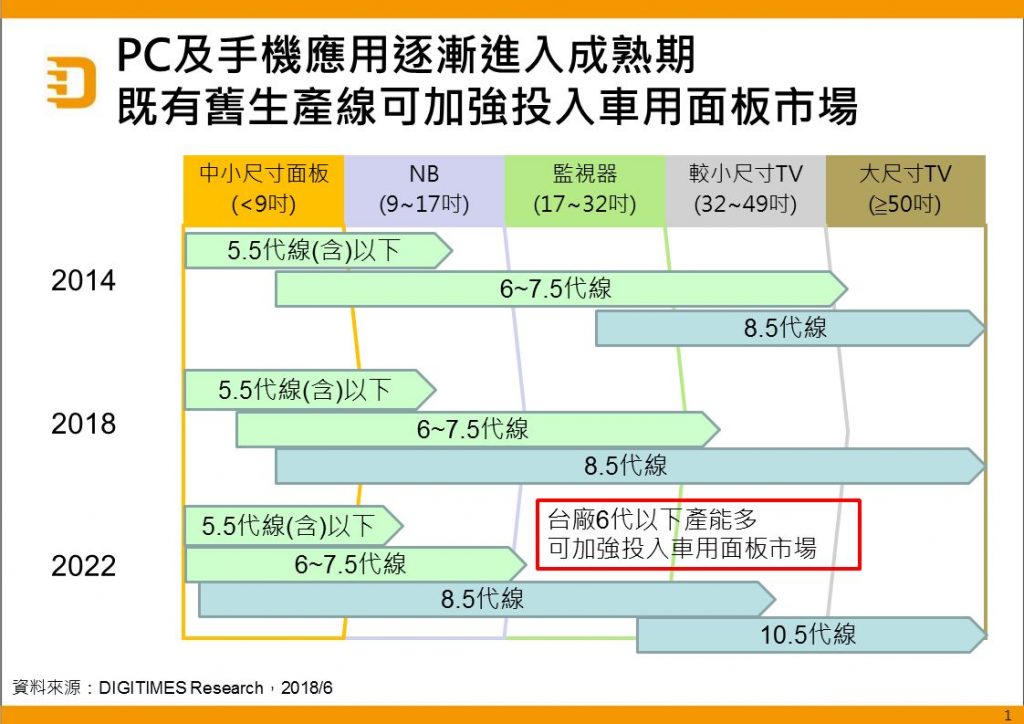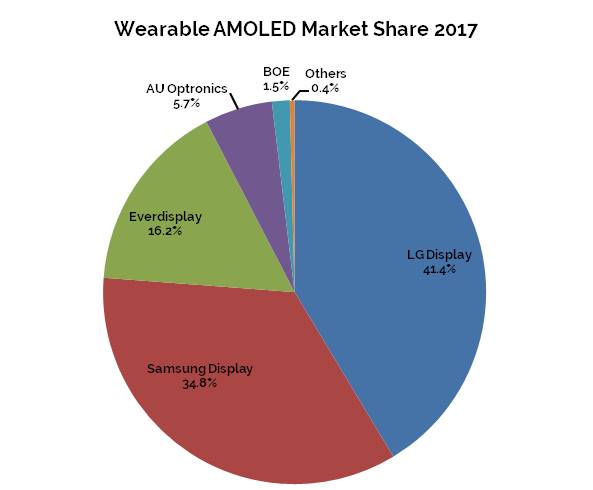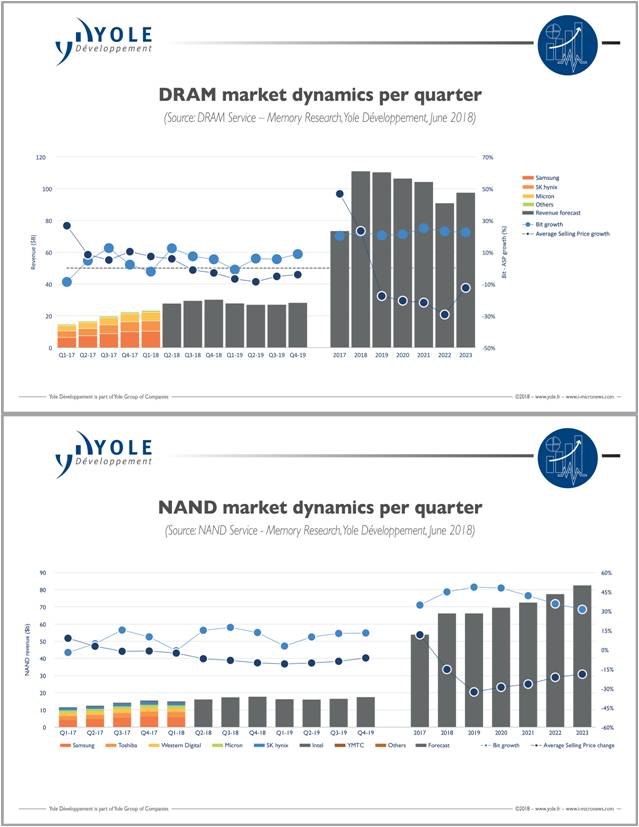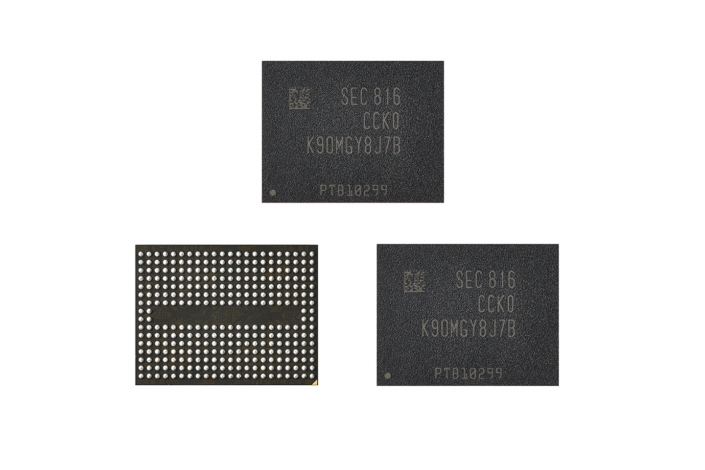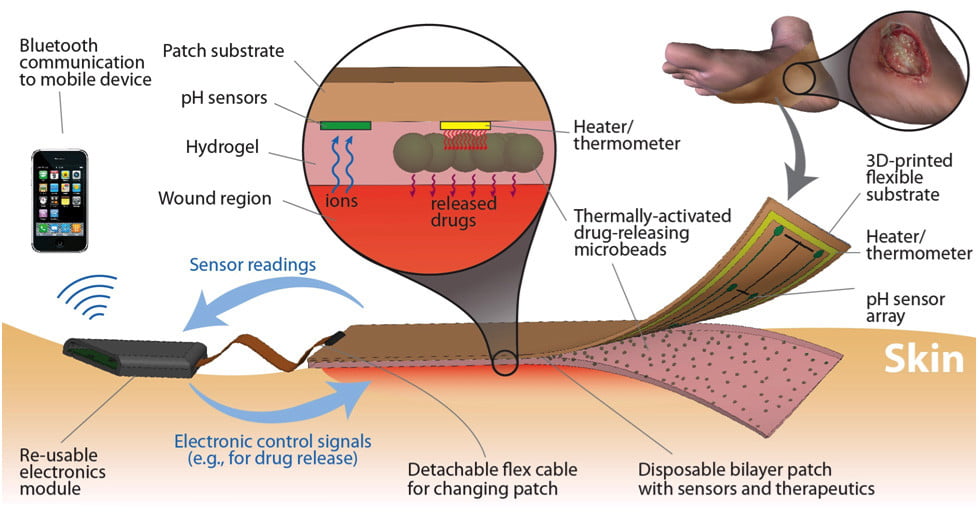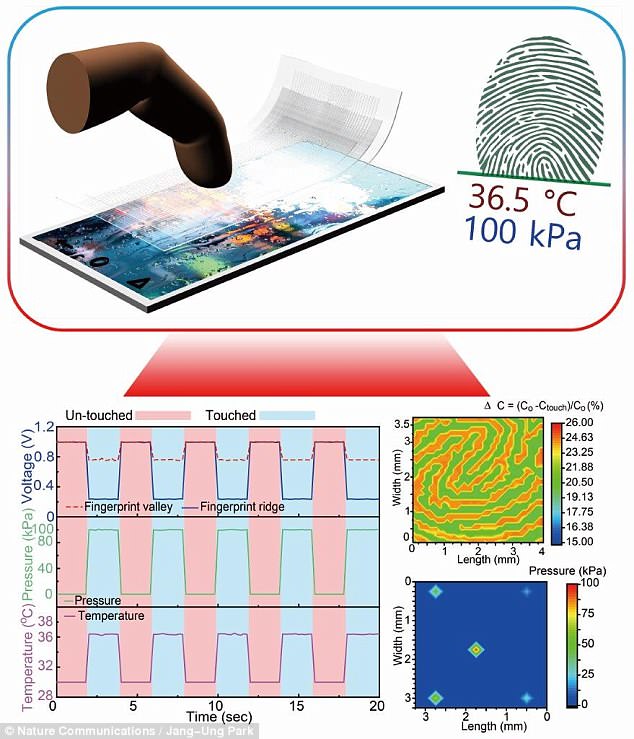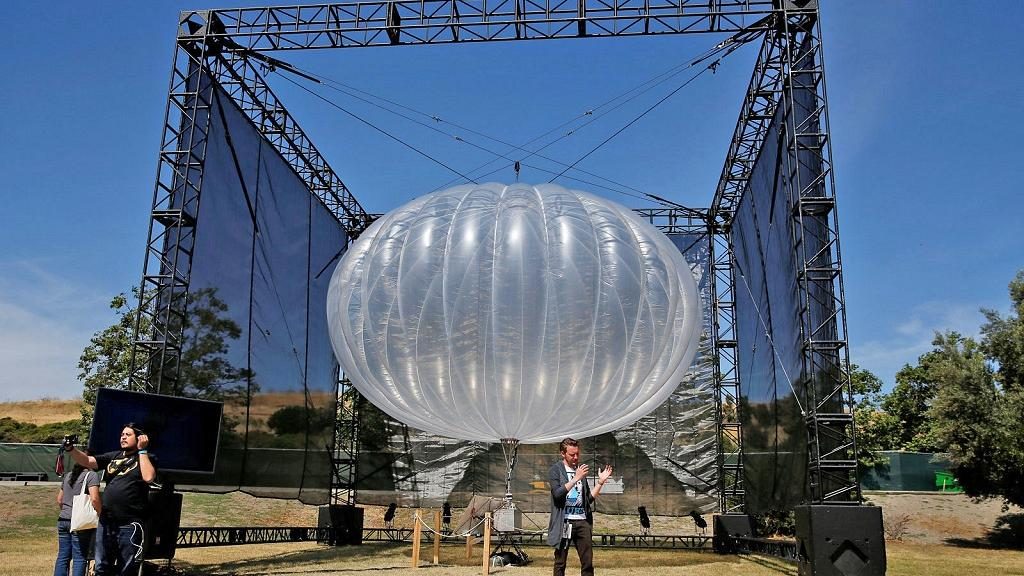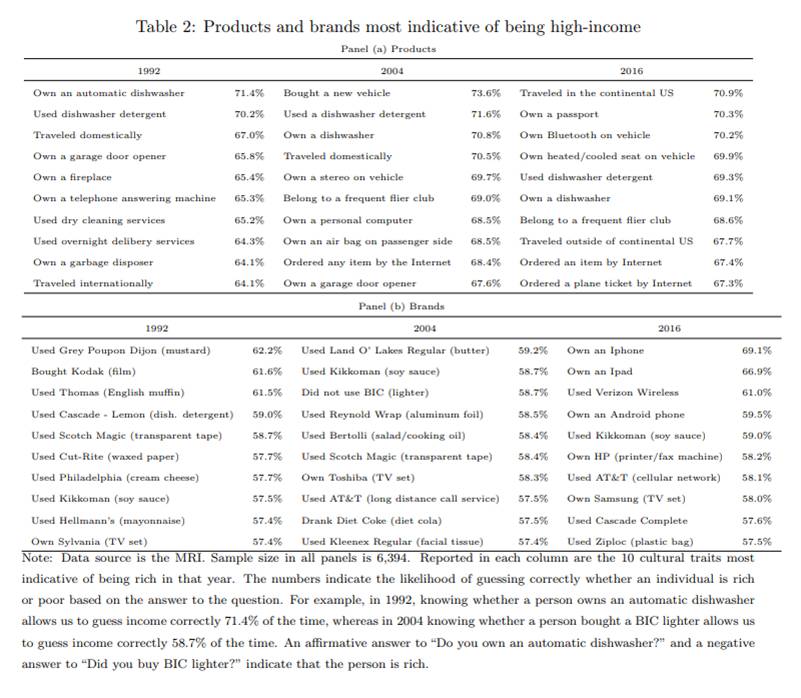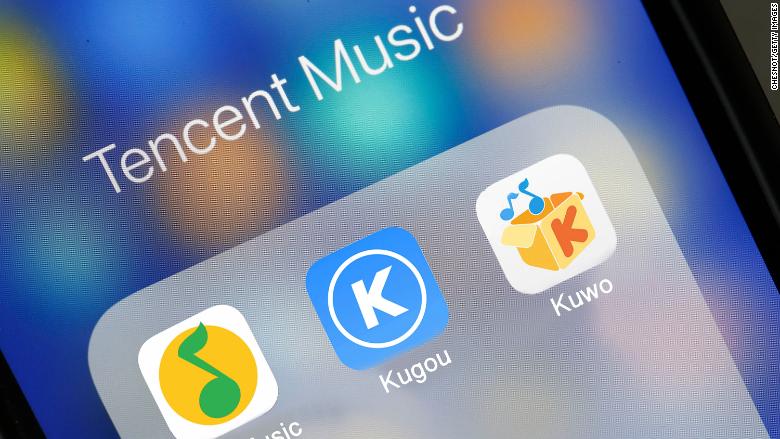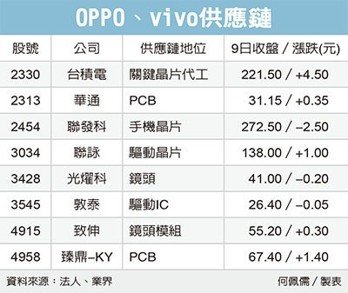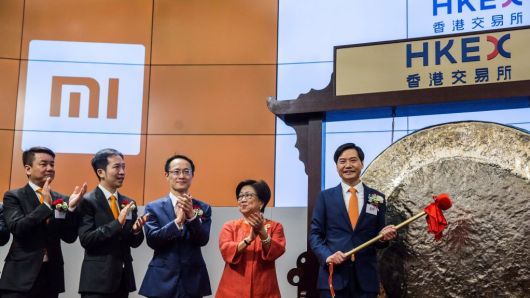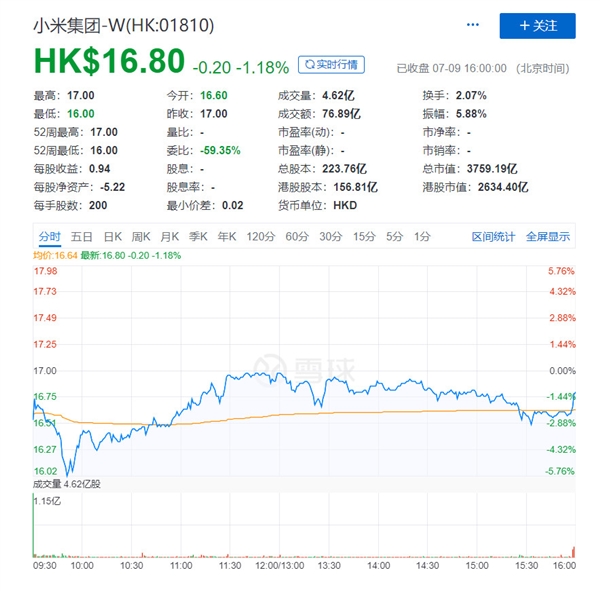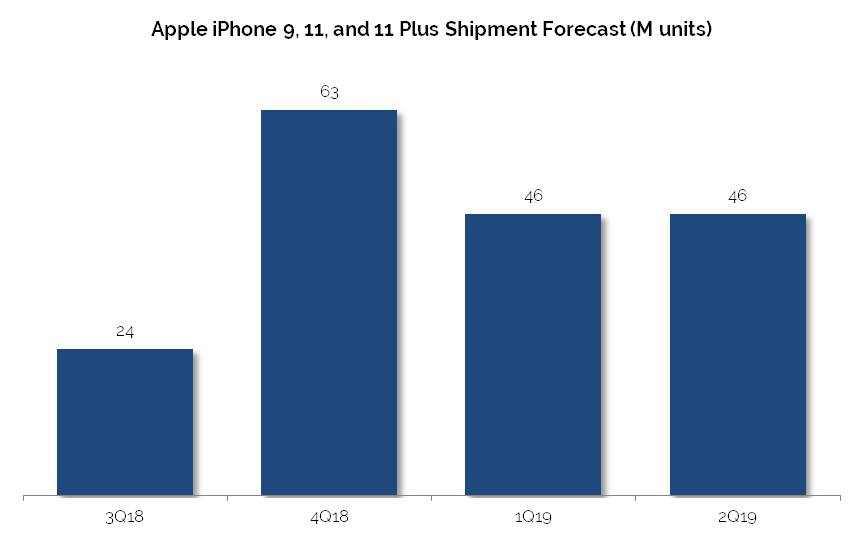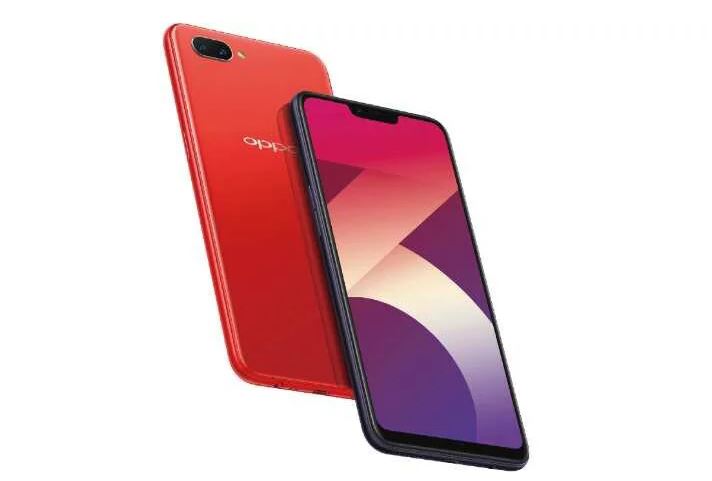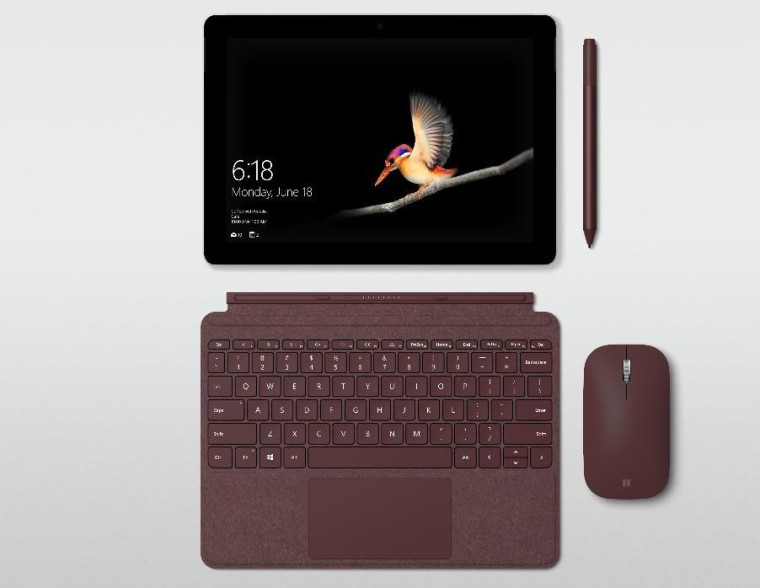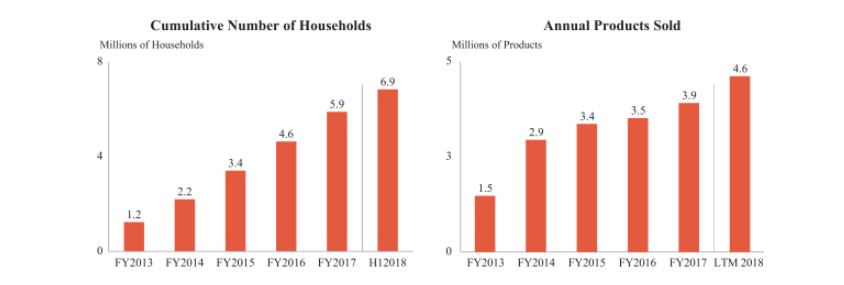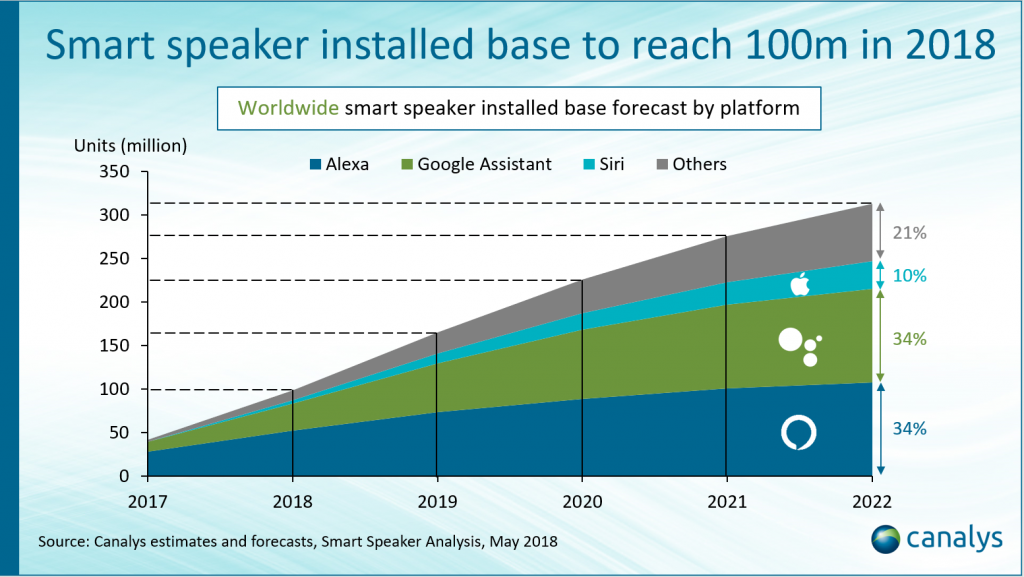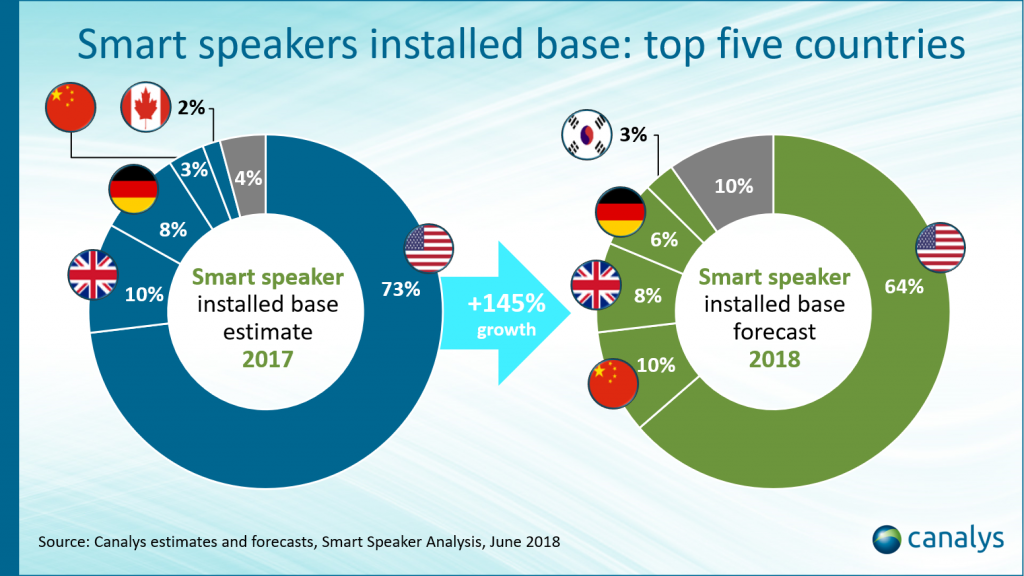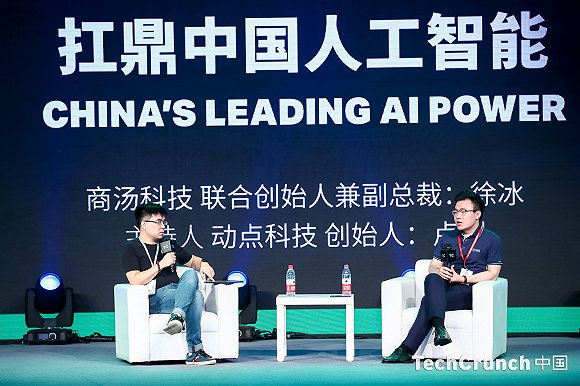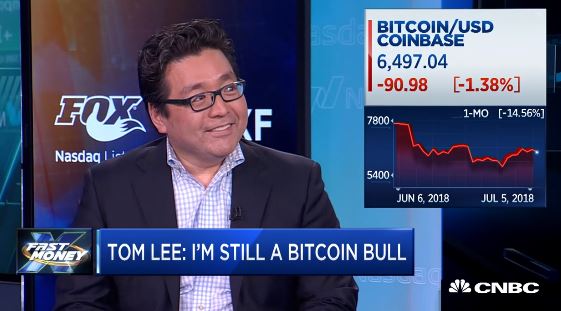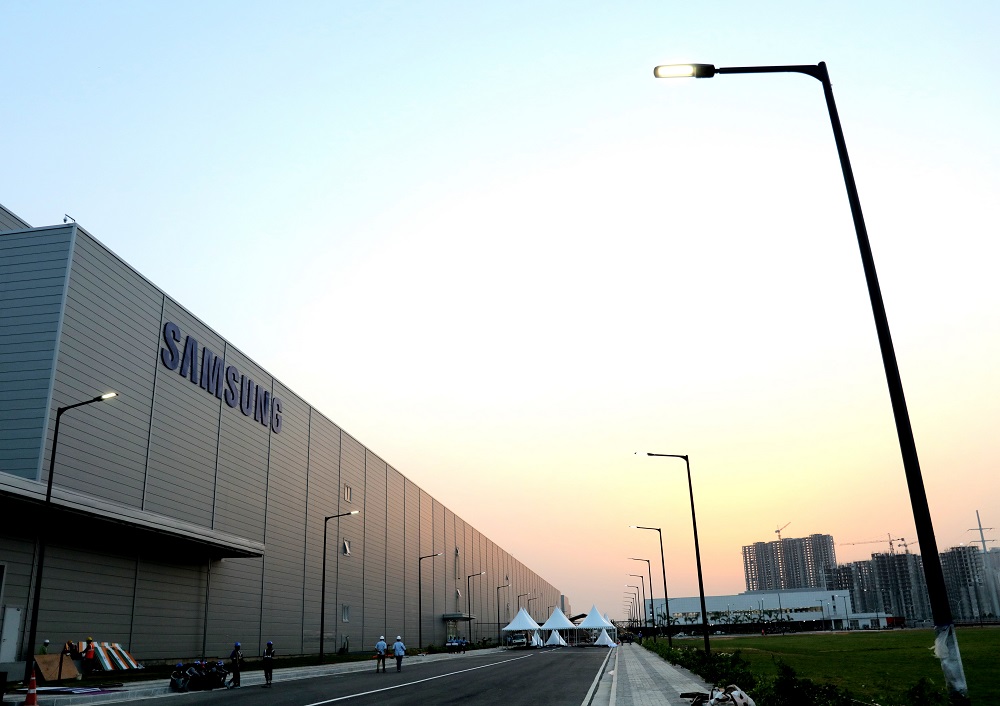
07-10: Samsung is opening what it is calling the world’s largest mobile phone factory in India; On 9 Jul 2018 Xiaomi’s initial public offering (IPO) went live in Hong Kong; etc.
Chipsets
TCL Group’s chairman Li Dongsheng indicates that to step in foundry industry, CNY50B investment might not be sufficient. For a home appliance vendor to jump into a ‘strange’ industry, the risk is high. The chipset industry is relatively more mature with the international vendors than the domestic vendors, which has about 20~30 years gap. Gree Electric reveals that it has already invested CNY400M~500M to acquire more stakes of compressors, electric motors maker Shanghai Highly. (Laoyaoba, Yicai, FINET, JRJ, Sina)
A new roadmap of Intel for 2018-2020 is leaked. For the mobile processor, H high performance series is now Coffee Lake-H, and till 2019~1Q20 is going to be Coffee Lake Refresh H series, and in 2Q20 it would be Icelake-H 45W series. (Laoyaoba, Twitter, My Drivers)
GlobalFoundaries has announced that the company’s 22nm FD-SOI (22FDX) technology has delivered more than USD2B of client design win revenue. With more than 50 total client designs, 22FDX is proving to be the industry’s leading platform for power-optimized chips across a broad range of high-growth applications such as automotive, 5G connectivity and IoT. (CN Beta, Tech Report, GlobalFoundries)
Touch Display
Samsung has filed a trademark with the European Union Intellectual Property Office recently which suggests the company is working on a new AMOLED display for VR that specifically addresses the screen door effect (SDE). (Android Headlines, VR Focus, Road to VR, Sam Mobile, Galaxy Club)
With the growth of mainstream LCD applications, such handset, PC and TV panels, slowing down and at the same time more and more new-generation production lines coming online, makers have different plans for their older-generation fabs. While Korea-based panel makers have been speeding up the retirement of 4G-7.5G lines, the makers in Taiwan are still keeping a number of such production lines running at present. (Digitimes, press)
Sanan Optoelectronics received CNY780M (USD123M) in local government subsidies in first-half 2018, the highest among all China-based LED firms, according to Digitimes. MLS ranked second with CNY449M, followed by Focus Lighting with CNY447M, HC SemiTek with about CNY200M. (Digitimes, press, Laoyaoba)
IHS Markit says that LG Display (LGD) is the world’s leading AMOLED supplier for smartwatches and wearables. In 2017 LGD shipped 10.64M AMOLED displays for smartwatches – and it holds a market share of 41.4% (the total market was 25.7M units in 2017). LGD is the exclusive supplier of AMOLED displays for Apple Watch. (TechNews, Yonhap News, OLED-Info)
Memory
Semiconductor growth in 2017 was led by the memory segment, with impressive revenue reaching USD126B. It represents an increase of over 60% year-over-year. Yole Développement (Yole) forecasts the memory market to reach USD177B in 2018, with 40% growth. Both DRAM and NAND markets were in a state of undersupply throughout the year, leading to rising prices and record revenue and profitability for the memory suppliers. Demand was very strong, led by mobile and data center / SSD and augmented by emerging growth drivers including AI , IoT and automotive. (Laoyaoba, Yole Development, press)
Samsung has announced that it has begun mass producing its fifth-generation V-NAND memory chips. This new generation bumps the layer count from 64 up to 96. In the industry’s first use of the ‘Toggle DDR 4.0’ interface, the speed for transmitting data between storage and memory over Samsung’s new 256Gb V-NAND has reached 1.4Gbps, a 40% increase from its 64-layer predecessor. (AandTech, ZDNet, Samsung, Electronics Weekly)
Sensory
Bosch and Chinese electric vehicle startup NIO have agreed to cooperate on sensor technology, automated driving, electric motor controls and intelligent transport systems. (Laoyaoba, Automobilwoche, Reuters)
Tufts University is working on a smart bandage that can keep track of what is going on with a wound and release treatments as necessary. The smart bandage can monitor both temperature and pH of the wound. If it detects a change, it can diagnose the problem and dispense drugs as necessary, thanks to a central processor, which a doctor can program to administer treatment if certain conditions are detected. (Engadget, Digital Trends, Wiley, OfWeek, iFeng, Sina)
Biometrics
Ulsan National Institute of Science and Technology (UNIST) in Korea has developed a flexible and transparent capacitive fingerprint sensor array, with the capability to detect tactile pressure and finger skin temperature, making it potentially suitable for display integration in smartphones. (CN Beta, Mobile ID World, Nature, Biometric Update)
Battery
BMW plans to source EUR4B (USD4.7B) worth of battery cells from Chinese battery maker Contemporary Amperex Technology Ltd (CATL) over the next few years. The long-term contract sees EUR1.5B worth of battery cells coming from a new CATL plant in Erfurt, in the eastern German state of Thuringia, Markus Duesmann said in Munich. The rest will come from China. (CN Beta, The Edge Markets)
Contemporary Amperex Technology Ltd (CATL) has chosen a site in eastern Germany to build a battery-cell factory that will help supply the country’s major automakers as they shift to building more and more electric vehicles. Volkswagen Group, BMW, and Daimler have all set targets to make and sell more electric vehicles in the coming years, but making the economics work out on battery supply has often proven elusive. (Bloomberg, Ars Technica, AFP, PC Auto, CN Reuters)
Connectivity
Kenyan ICT Minister Joe Mucheru reveals that Kenya will use Alphabet’s system of balloons to beam high-speed Internet access in hopes of connecting more of its rural population to the web. Known as Project Loon, the technology was developed by Alphabet’s X, the company’s innovation lab. (Laoyaoba, Business Daily, Africa News)
Phone
According to one of Huawei’s chairman Ken Hu, he cannot see a reason for U.S having to punish the company just as it did with ZTE. Unlike ZTE which is caught selling services and goods for both Iran and North Korea a clear violation to U.S. sanctions, the chairman states that Huawei is clean and respects all laws and regulations imposed by “Europe, United Nations, and The United States”. (GizChina, CN Beta)
According to National Bureau of Economic Research (NBER) working with Unversity of Chicago, owning an Apple iPhone gave them a 69% chance to correctly infer that the owner was “high-income”, which they defined as being in the top quartile of income for households of that type — like single adult or couple with dependents, for example. (Business Insider, NBER, Phone Arena, Gizmodo, CN Beta)
Samsung is opening what it is calling the world’s largest mobile phone factory in India. The expansion, which will be fully complete in 2020, is expected to nearly double Noida (New Okhla Industrial Development Authority), India’s current phone producing capabilities from 68M to 120M phones per year. (TechCrunch, Samsung, Sohu, Sina)
Tencent plans to spin off its streaming music service on a U.S. stock exchange. Tencent said the terms of the proposed spin-off, including offering size, price range and other details have not been finalized. The company added that details will be made “as and when appropriate”. (VentureBeat, CNN, Tencent, CNBC, iFanr)
Due to the market demand is less than expected, OPPO and vivo allegedly have lowered its 2018 shipment forecast, which could be a negative growth. This is believed would in turn affect TSMC and MediaTek related supply chain in 2H18. (Laoyaoba, UDN)
On 9 Jul 2018, Xiaomi’s initial public offering (IPO) went live in Hong Kong. The IPO opened at a price of HKD16.60 (about USD2.12) per share which is a fair amount below the original IPO value of HKD17. The stock finally closed at HKD16.80 but dropped as low as HKD16 earlier in the day (a decrease of 5.88%). (Android Central, CNBC, GizChina, CN Beta, CN NY Times, BBC)
BlueFin Research analysts John Donovan and Steve Mullane predict a high amount of “pent-up demand” for new iPhone in 2018 due to the “lack of upgrade activity over the past few years.” Because of this, the analysts predict that Apple will manufacture 91M units of its new 2018 iPhones during 2H18. Apple would further ramp production and manufacture 92M units during 1H19. (CN Beta, 9to5Mac, Barron’s)
Google could face a record penalty in Jul 2018 from European regulators for forcing its search and Web-browsing tools on the makers of Android-equipped smartphones and other devices, potentially resulting in major changes to Android. The punishment from Margrethe Vestager, the European Union’s competition chief, is expected to include a fine ranging into the billions of dollars. (CN Beta, Washington Post)
OPPO A3s is launched in India – 6.2” 1570×720 HD+, Qualcomm Snapdragon 450, rear dual 13MP – 2MP + front 8MP, 2GB+16GB / 3GB+32GB, Android 8.1, from INR10,990. (Gizmo China, GizChina)
PCs / Tablets
Microsoft Surface Go is announced aiming for education – 10” 1800×1200 PixelSense, Intel Pentium Gold 4415Y, 4 / 6GB + 64 / 128GB, Windows 10 Home S mode, USB3.1 Gen 1 Type-C, from USD399. (CN Beta, VentureBeat, Ars Technica, TechCrunch, CNBC, Neowin)
Augmented / Virtual Reality
Vuzix has received certifications from both the United States Federal Communications Commission (FCC) and the European Commission for its new Blade smart glasses, completing the final requirement necessary to begin shipping the wearable device to developers. (Android Headlines, PR Newswire, VR Focus, Sohu)
Home
Sonos filed the required paperwork with the SEC in Apr 2018 and it has now officially filed for a USD100M initial public offering (IPO). Sonos has filed to go public on the Nasdaw Global Select Market under the “SONO” symbol. The filing documents have revealed that the company has sold more than 19M products in approximately 6.9M households globally. (Ubergizmo, Ars Technica, Wired, SEC, CNBC, P5W, Sina)
Canalys expects the smart speaker installed base will approach the 100M barrier by the end of 2018, making it almost 2.5 times bigger than at the end of 2017. The installed base will keep growing, more than doubling in size to reach 225M units by 2020. Amazon Echo devices will account for over 50% of the installed base in 2018, while Google Home series will account for 30%. (VentureBeat, Canalys, press, GSM Arena, Sina)
Automotive
SenseTime is planning to adopt augmented reality (AR) and autonomous driving technologies as it seeks to expand beyond its facial recognition offering. The co-founder Xu Bing indicates that the new technologies for its self-driving ambition will be designed to “enable machines to recognize images both inside and outside cars, and an augmented reality engine, integrating know-how in reading facial expressions and body movement”. (Android Headlines, SCMP, Mobile ID World, JieMian)
Artificial Intelligence
MIT’s Computer Science and Artificial Intelligence Laboratory (CSAIL) has a deep-learning system that can look at a video of a musical performance, and isolate the sounds of specific instruments and make them louder or softer. Trained on over 60 hours of videos, the “PixelPlayer” system can view a never-before-seen musical performance, identify specific instruments at pixel level, and extract the sounds that are associated with those instruments. (CN Beta, VentureBeat, MIT)
Fintech
Financial market research firm Fundstrat analyst Tom Lee has defended his position that bitcoin could trade at anywhere from USD22,000~25,000 by end of 2018. Lee based his rationale for the new estimate on the historic correlation between Bitcoin’s price and mining costs, which he says by the end of 2018 will be around USD9,000 per coin mined. (CNBC, My Drivers, Coin Telegraph)

